Researchers working to harness the quantum nature of light and semiconductors develop new logic system.
Organic solar cells build on biodegradable, recyclable substrates
Efficient solar cells can be fabricated using natural substrates derived from plants such as trees.
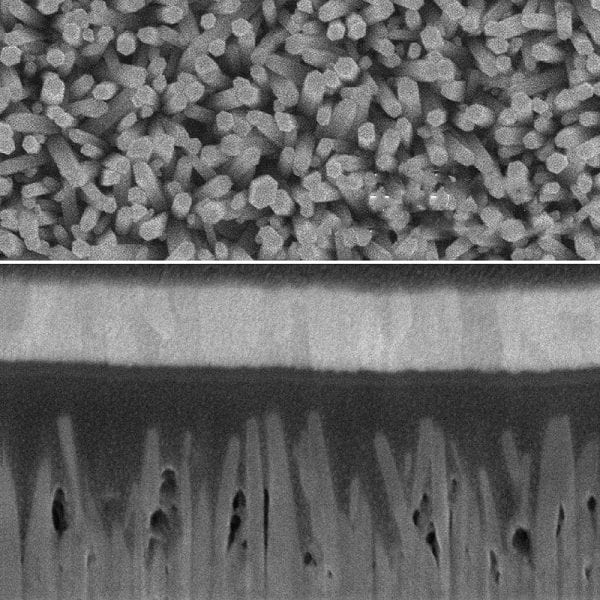
Real advance in quantum dot photovoltaics from MIT
Researchers improve efficiency of quantum-dot photovoltaic system by adding a forest of nanowires.
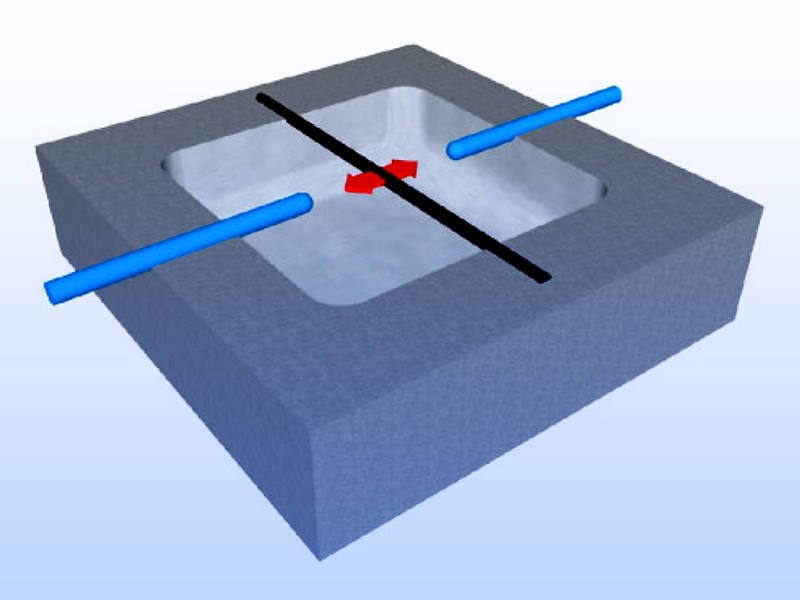
Carbon nanotubes could be the "bits" of quantum computers
Munich-based team show how nanotubes can store information in the form of vibrations.

Nanosphere lithography towards selective protein recognition
Researchers propose to create materials capable of protein recognition by means of a new technique based on nanosphere lithography.
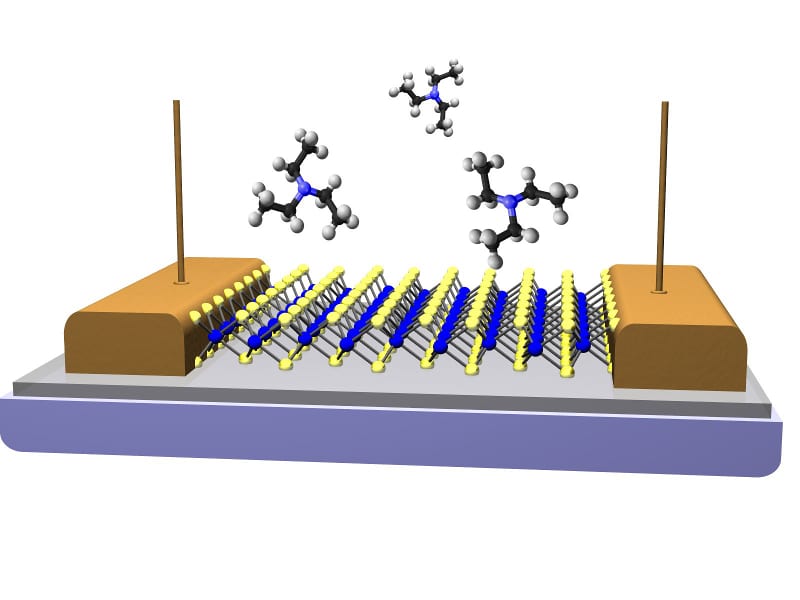
Monolayer molybdenum disulfide as a chemical sensor
NRL team develop a vapor sensor based on new monolayer materials that shows great potential for future nanoscale electronic devices.
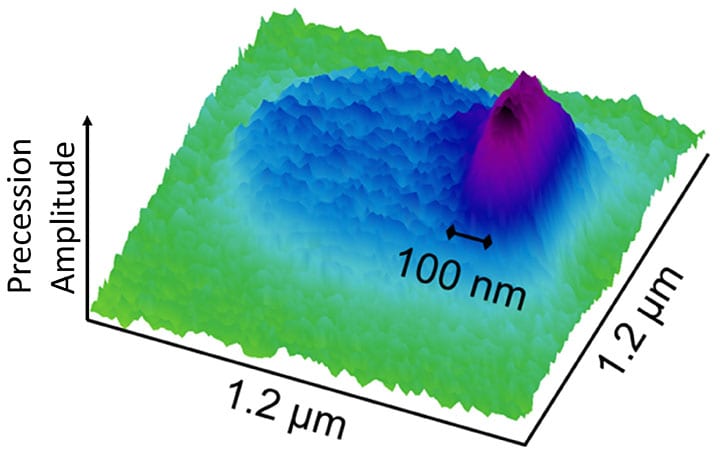
Researchers measure magnetic variations on nanodisk
International team measure large variations in the magnetic properties along the edge of a thin film 500 nm-diameter disk.
New bulk silicon nanosystem for electro-photonic applications
Research enables bulk silicon to emit broad-spectrum, visible light, opening the possibility of devices that have both electronic and photonic components.

Welding polymers using nanofibers and light
Researchers from North Carolina State University have developed a way to melt or “weld” specific portions of polymers by embedding aligned nanoparticles within the materials.
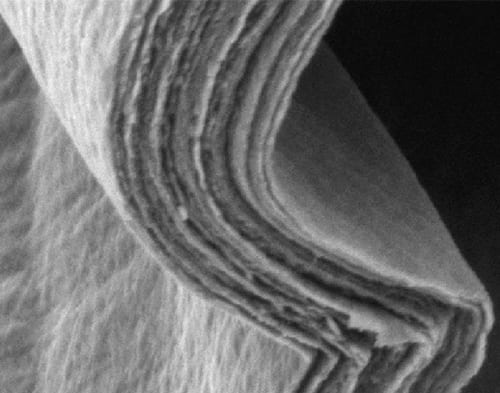
Tough and pliable: a paper-like ceramic
Scientists produce a paper-like ceramic material which is as hard as copper, yet flexible enough to be rolled up or folded. The material has another advantage: it is electrically conductive.










